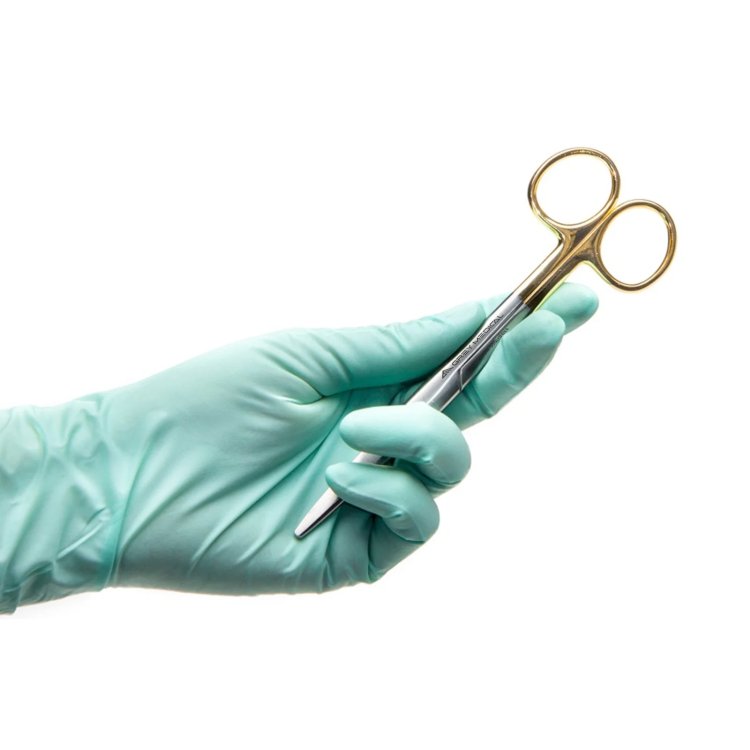When it comes to precision and control in surgical procedures, Kelly surgical clamps are indispensable tools. These versatile instruments are designed to provide surgeons with a reliable way to firmly hold tissues, blood vessels, or other materials during an operation. Used across a wide range of medical specialties, Kelly clamps exemplify the importance of having the right equipment in the operating room. This article explores their features, function, and significance while also shedding light on the types of clamps for surgery used in modern healthcare.
What Are Kelly Surgical Clamps?
Kelly clamps are hemostatic instruments made of high-grade stainless steel. They feature a curved or straight design with serrated jaws and a locking mechanism, which allows surgeons to maintain a steady grip during surgeries. Their primary purpose is to clamp blood vessels to stop bleeding, but they are also used for holding tissues, sutures, or even surgical sponges. This versatility makes Kelly clamps one of the most common tools found in a surgical tray.
One notable feature of Kelly clamps is their partial serration. The serrated section typically extends halfway along the jaw, offering just the right amount of grip without causing excessive damage to delicate tissues. This design is crucial for procedures requiring precision and minimal tissue trauma.
Applications of Kelly Clamps in Surgery
Kelly clamps are used in a variety of surgical procedures, ranging from minor outpatient operations to complex surgeries. They are particularly effective during procedures where quick and secure clamping of bleeding vessels is necessary. For example, they are indispensable in abdominal surgeries, where large blood vessels might need to be temporarily occluded.
These instruments are often used in tandem with cauterization tools, where the Kelly clamp holds the vessel while the bleeding area is cauterized. Their robust, dependable design ensures they can endure high-pressure situations common in operating rooms.
Types of Clamps for Surgery and How Kelly Clamps Compare?
While Kelly clamps are widely used, they are just one of many types of clamps for surgery. Other examples include mosquito clamps for handling smaller blood vessels, Kocher clamps for gripping tougher tissues, and Allis clamps for securing delicate or slippery tissues. Each type has its unique role in surgical procedures, emphasizing the necessity of choosing the right tool for the task.
What sets Kelly clamps apart is their balance of strength and delicacy. Unlike heavier instruments like Kocher clamps, which have toothed jaws designed for gripping dense tissues, Kelly clamps are ideal for more delicate tasks. This makes them particularly useful in surgeries that require precision without excessive tissue injury.
The Importance of High-Quality Surgical Instruments
Surgical instruments like Kelly clamps play a vital role not only in ensuring patient safety but also in maintaining the efficiency of an operation. High-quality tools crafted from durable materials contribute to better outcomes by reducing the risk of complications. Additionally, advancements in surgical technology continue to refine the design and functionality of these essential instruments, ensuring that surgeons can rely on them in even the most demanding scenarios.
Kelly surgical clamps are a fundamental part of any surgical toolkit, valued for their versatility, reliability, and effectiveness. Their practical design allows them to serve a variety of purposes, whether clamping blood vessels or securing tissues. Alongside other types of clamps for surgery, they underscore the importance of precision and control in modern surgical care. For any healthcare professional, understanding the uses and advantages of these instruments is key to mastering surgical techniques and fostering better patient outcomes.
















